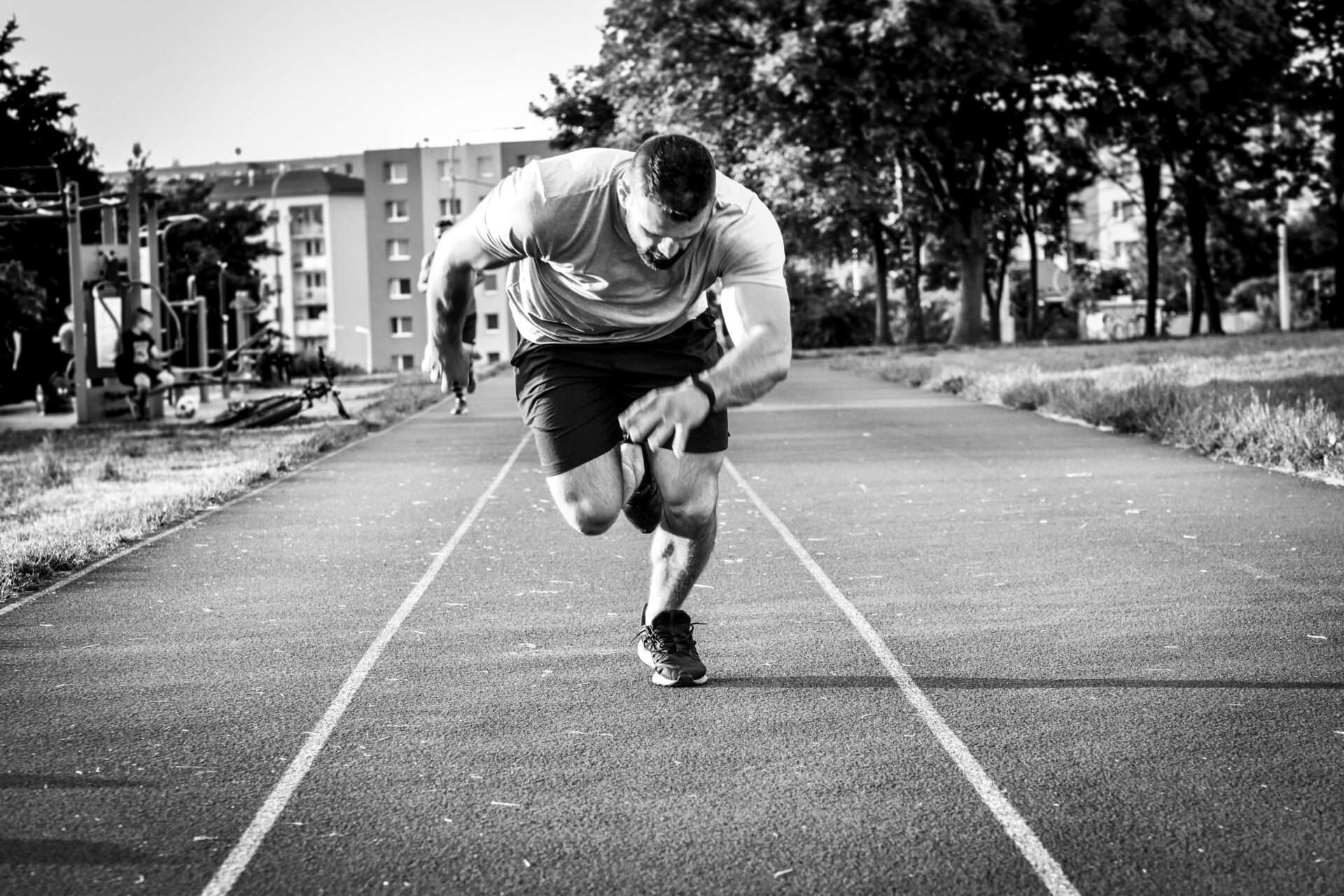Surface Science: How Terrain Affects Your Run
Every running surface offers unique benefits and challenges that influence performance, injury risk, and training outcomes. Smart runners adapt their training surfaces to match their goals and needs.
Hard Surfaces: Pavement & Concrete
- Pros: Consistent surface for speed work; ideal for race preparation
- Cons: High impact forces (3-5x body weight); increased injury risk
- Tip: Limit to 40-50% of weekly mileage; use cushioned shoes
Natural Surfaces: Trails & Grass
- Pros: Softer impact; engages stabilizing muscles; varied terrain prevents boredom
- Cons: Uneven surfaces increase ankle injury risk; slower pace
- Tip: Wear trail shoes with aggressive tread for better grip
Specialty Surfaces: Track & Treadmill
- Track: Consistent, springy surface ideal for speed work (reduces impact by 10-15%)
- Treadmill: Cushioned belt reduces impact; allows precise pace control
- Tip: Use 1% incline to better simulate outdoor running
Challenging Terrains: Sand & Snow
- Sand: 1.6x more energy expenditure; strengthens calves and feet
- Snow: Requires 30-50% more effort; excellent for endurance building
- Tip: Shorten stride and increase cadence for better stability
Injury Prevention by Surface Type
High-Risk Surfaces
- Concrete (hardest surface) – highest impact forces
- Uneven trails – ankle sprain risk
- Sand – calf/Achilles overuse potential
Recovery-Friendly Surfaces
- Grass (35% softer than asphalt)
- Treadmill (with cushioning)
- Synthetic tracks (optimal shock absorption)
Optimizing Your Surface Mix
Ideal Weekly Surface Distribution
- 40% roads (tempo/speed work)
- 30% trails (endurance/recovery)
- 20% track (interval training)
- 10% specialty (sand/snow for cross-training)
Seasonal Adjustments
- Summer: More early morning grass/trail runs
- Winter: Increased treadmill usage with outdoor speed sessions
- Race Prep: Match surface to upcoming race terrain
Footwear Recommendations
Surface-Specific Shoes
- Road: Cushioned with moderate tread
- Trail: Aggressive tread with rock plate
- Track: Lightweight with spikes for competition
When to Replace Shoes
- Road shoes: 300-500 miles
- Trail shoes: 250-400 miles (harsher conditions)
- Racing flats: 150-200 miles
FAQ
What’s the best surface for beginners?
Grass or synthetic tracks are ideal for new runners to minimize impact while building fitness.
How often should I change running surfaces?
Aim to vary surfaces every 2-3 runs to distribute impact forces differently.
Can surface variation prevent injuries?
Yes – varying surfaces changes stress patterns, reducing overuse injury risk by 20-30%.
Number of Views: 11



